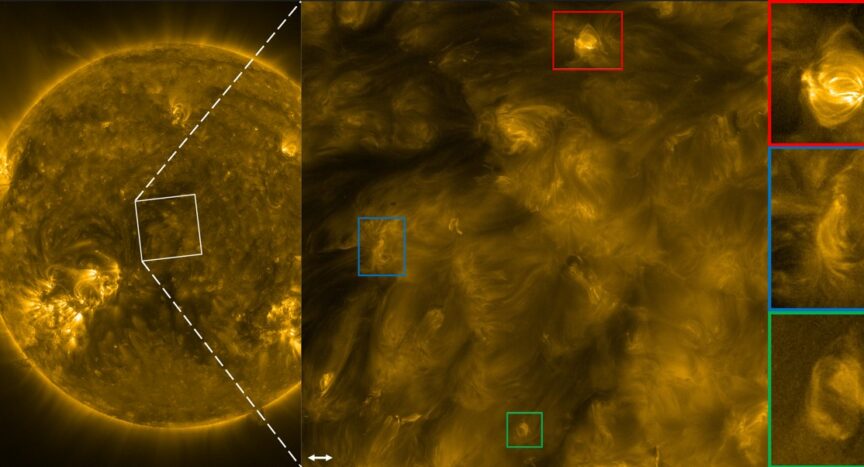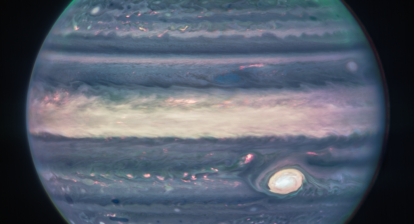We may now finally know the answer to a prevailing and intriguing mystery regarding our Sun. The reason for its atmosphere being millions of degrees hotter than its surface.
A joint team of scientists from the Royal Observatory of Belgium (ROB) and KU Leuven have found that high-frequency magnetic waves may play a key role in heating the sun’s atmosphere to millions of degrees. This finding provides new insights into one of the most puzzling mysteries of the sun: why its atmosphere is hotter than its surface.
The sun’s only heat source is its core, but its corona, the outermost layer of its atmosphere, is about 200 times (millions of degrees) hotter than its photosphere, the sun’s surface. This phenomenon has been known as the coronal heating problem for over 80 years.
The new study, published in the Astrophysical Journal Letters, used observations from ROB’s Extreme Ultraviolet Imager (EUI) telescope onboard the European Space Agency (ESA) Solar Orbiter.
Prof. Tom Van Doorsselaere at KU Leuven says, “Over the past 80 years, astrophysicists have tried to solve this problem and now more and more evidence is emerging that the corona can be heated by magnetic waves.” This new insight developed from observations by the Extreme Ultraviolet Imager (EUI) telescope onboard Solar Orbiter, a spacecraft of the European Space Agency ESA, that is currently observing the sun from behind. The EUI telescope, operated by ROB, produces images of the solar corona with unprecedented resolution. Its movies reveal fast oscillations in the smallest magnetic structures of the solar corona, and the energy of these high-frequency waves contributes to the heating of the solar atmosphere.
The scientists primary question was “whether the energy originating from these new, fast oscillations outweighed the energy coming from similar, but slower oscillations that were already known.” To answer this question, the team performed a meta-analysis (a statistical method that analyses multiple scientific studies to derive common unknown truths).
According to Dr. Daye Lim, lead author of the study, high-frequency waves give a more significant contribution to the total heating generated by waves than low-frequency waves.
Dr. David Berghmans, the principal investigator of EUI, says, “Since her results indicated a key role for fast oscillations in coronal heating, we will devote much of our attention to the challenge of discovering higher-frequency magnetic waves with EUI.”
This finding provides strong evidence that high-frequency magnetic waves play a key role in heating the sun’s atmosphere. The team of scientists is now working to further investigate this phenomenon, and they hope to use their findings to develop a better understanding of the sun’s atmosphere and how it works.
Read the full study here.







